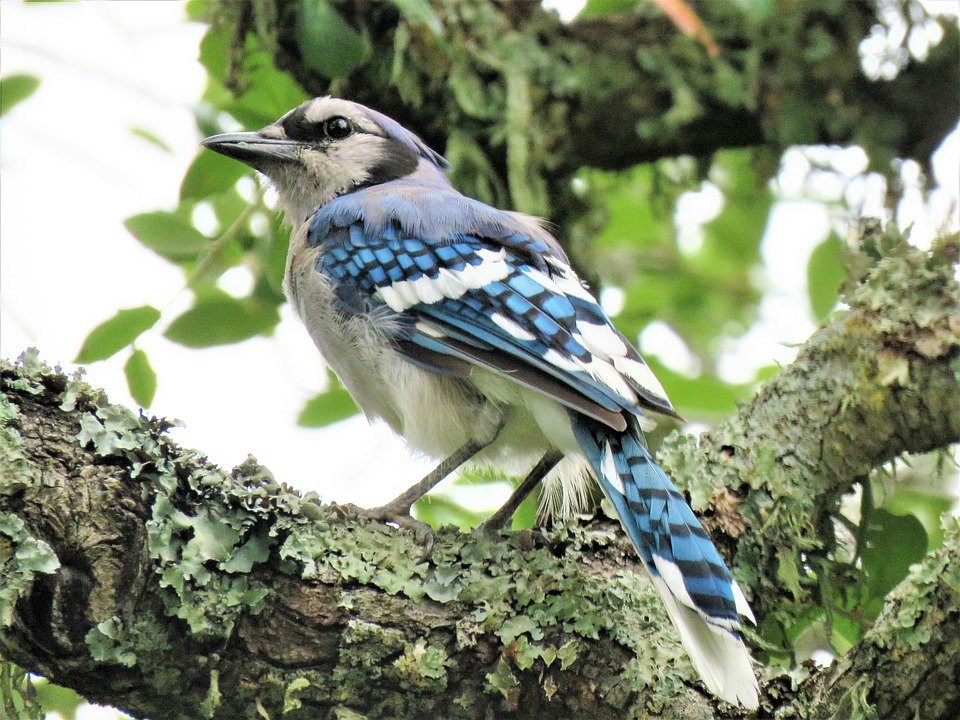Planting trees, shrubs, and flowers in your yard comes with many environmental, mental, and financial benefits. An example of almost instant gratification that comes with having trees on your property is that they attract birds that can make for some beautiful birdwatching – and sometimes entertainment.
When choosing to expand the arboriculture on your property, native trees are always your best option. You can attract more birds this way who are native to Ontario and support the local ecosystem better.
Birdfeeders and birdbaths are great ways to attract birds onto your property, but native trees come with benefits you can enjoy year round.
Here are some of our favourite native trees and shrubs to plant depending on your Plant Hardiness Zone. To determine your zone, click here.
The Best Trees for Birds
Mulberries
Mulberries are medium sized berry-producing trees. They produce a lot of large, messy berries, so avoid planting these trees near sidewalks or driveways.
Zone: 5 to 7
Attracts: robins, waxwings, cardinals, and other songbirds
Season: Summer fruiting
Flowering Dogwood
This tree can grow up to forty feet high and is known as an ornamental tree because of its beautiful leaves and flowers. White, pink, and red leaves are common on this gorgeous tree.
Zone: 2 to 9
Attracts: robins, bluebirds, thrushes, catbirds, cardinals, tanagers, grosbeaks
Season: Fall fruiting
White Oak
White oak is one of Ontario’s most popular native trees. It grows very large, so ensure it is planted far from any wires or foundations. It produces acorns that animals love and can help produce more oak trees in the surrounding area.
Zone: 4 to 9
Attracts: woodpeckers, jays, wild turkeys, grouse, wood ducks
Season: Fall fruiting, with winter persistent fruits
Spruce
Spruce trees are some of Ontario’s most notable native trees. Growing up to 150 feet tall, they are a staple of our forests. Insects love them because of their needles and grooved bark, so seed-eating birds are attracted to these trees.
Zone: 2 to 6
Attracts: seed-eating birds, like crossbills and migrating warblers
Season: fall fruiting, with some winter-persistent fruit
Mountain Ash
The mountain ash is not a true ash tree, and therefore shows resistance to the invasive species Emerald Ash Borer. It is a great option for a native tree species. Its bright orange berries attract many types of animals and are very beautiful to look at.
Zone: 3 to 6
Attracts: waxwings, robins, jays, grouse
Season: fall fruiting
Black Cherry
Black cherry trees are beautiful additions to any yard or garden. The fruit attracts many types of mammals and birds and the flowers that bloom in the spring rely on insect pollination, making them a great contribution for pollinators in your yard.
Zone: 3 to 9
Attracts: Robin, waxwing, orioles, red-bellied woodpeckers, warblers, finches, wild turkey, cardinals
Season: Late summer
The Best Plants and Shrubs to Attract Birds
Virgina Creeper
The Virgina creeper is a tree climbing vine that turns a brilliant scarlet in the autumn. It produces fruit that attract a number of birds and is also a popular nesting spot
Zone: 4 to 9
Attracts: robins, bluebirds, thrushes, catbirds, cardinals, starlings, wild turkey, vireos, warblers, pileated woodpecker
Season: Fall fruiting, with some persistent through the winter
Red-Osier Dogwood
The red-osier dogwood is a deciduous shrub known for its brilliant red branches and is popular in landscaping. It produces fatty berries that attract birds and help beautify your yard.
Zone: 3 to 7
Attracts: robins, bluebirds, thrushes, catbirds, vireos, kingbirds, juncos, cardinals, warblers, wild turkey, grouse
Season: fall fruiting
Winterberry
Winterberry, more commonly known as holly around the holidays, is a hardy shrub that is very tolerant of wet conditions. Only females bore berries, so they should be planted with at least one male plant.
Zone: 3 to 9
Attracts: robins, bluebirds, waxwings
Season: fall fruiting, with some persistent through the winter
Nannyberry
The nannyberry produces large purple berries that are particularly attractive to some types of birds. It is common in many rural areas and produces beautiful white flowers in the spring.
Zone: 2 to 8
Attracts: robins, bluebirds, thrushes, catbirds, cardinals, finches, waxwings
Season: fall fruiting, with some persistent in the winter
Are Birds Good for Trees?
Birds need trees for food and shelter, but trees also need birds – it’s a two way street.
Birds eat insects like caterpillars, aphids, beetles, and larvae that can invade our trees. They can help keep the insect population down around your tree and get rid of these pests that can cause problems for tree health.
Birds also help with pollination, as they fly between plants and can transport pollen from one to another easily. Many plants need this pollination to sprout new fruit and grow. Berry producing trees also love when birds visit. When the birds eat the berries, they then spread the seeds far and wide, growing the tree population.
If you want to plant a tree or shrub to help attract birds to your yard, spring is the best time to do it. Planting a native tree on your property gives you a chance to attract cute birds to admire, expands their habitat and your local ecosystem, and helps contribute to Ontario’s strong canopy.
For more tree planting tips, visit the P & A blog or get in touch with us!
